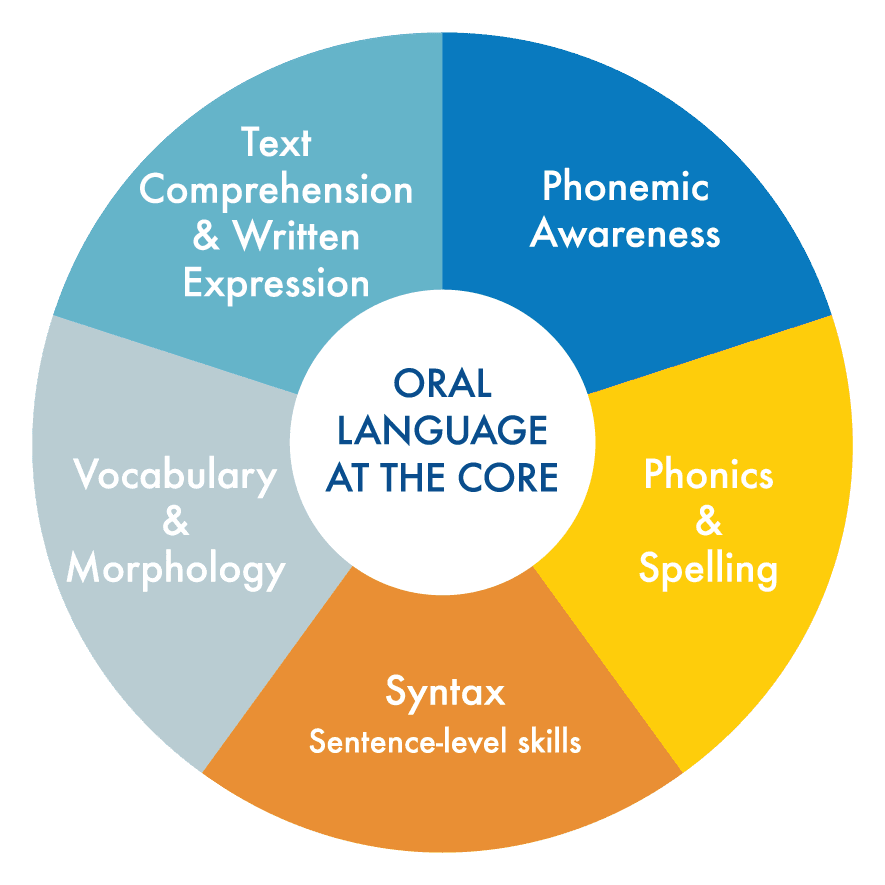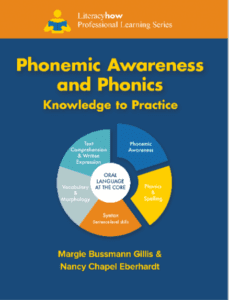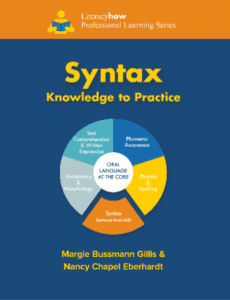
phonics
What is it?
Phonics is the study and use of sound/spelling correspondences and syllable patterns to help students read written words. The ultimate goal of phonics instruction is to ensure that students can read each and every word accurately and automatically–that is, as a sight word.

phonics
What is it?
Phonics is the study and use of sound/spelling correspondences and syllable patterns to help students read written words. The ultimate goal of phonics instruction is to ensure that students can read each and every word accurately and automatically–that is, as a sight word.
Frequently Asked Questions
What is the alphabetic principle?
The alphabetic principle is the insight that the sounds in spoken words are represented by the letters of the alphabet.
What is the difference between phonics and phonemic awareness?
Phoneme awareness is the realization that words are made up of speech sounds. Phonics connects those sounds with symbols (alphabet letters), also known as graphemes. Phonics includes decoding (reading words) and encoding (spelling).
What is the difference between explicit and embedded phonics?
Explicit phonics instruction requires direct instruction that follows a specific sequence and is cumulative in nature. Embedded phonics instruction occurs more randomly during reading of connected text. As such, it is less explicit and not as carefully sequenced. As a result, some students will learn how to decode and encode but many will not.
What is the importance of phonics for English Language Learners (ELLs)?
Systematic phonics instruction can be very effective in helping ELLs learn to decode words. The most effective reading programs for ELLs combine systematic phonics instruction with a content-rich learning environment that provides exposure to appealing reading materials and rich text in varied genres.
Teacher tip: Aim for decoding Accuracy
The goal of phonics instruction is to develop decoding accuracy, which leads to automaticity and reading fluency.
Teacher tip: Teach Syllable Types
Teach the six syllable types with Syllable Inspectors. Teaching vowel patterns ensures that about 85% of words can be accurately decoded. See Syllable Houses in the classroom.
Teacher tip: Choose Good Key pictures
Use key pictures that are good exemplars for each sound. Try these Vowel Pictures for the short and long vowel sounds, which are particularly important. Some phonics kits contain pictures that confuse kids!
X-ray, for example, does not illustrate the right sound-symbol correspondence for x-/ks/.
Teacher tip: the Vowel Song
Sing the vowel song with students to reinforce the short and long sounds of the five vowels.
Teacher tip: put phonics in context
Once sound-symbol correspondences and blending skills are mastered, teach phonics in context. Be sure that students know the meaning of the words they are reading and provide plenty of practice with games and connected text such as decodable books or poems.
Teacher tip: Map Sounds to Letters
Teach sound and letter mapping, aka phoneme-grapheme mapping—that is, mapping sounds of the 44 phonemes to the 26 alphabet letter(s) (graphemes) that represent them. All novice readers can benefit from explicit instruction, but it is essential for students who struggle with decoding and encoding (spelling).
Tips for Principals: Get Decodable Texts
Students who are learning various phonetic features benefit from practice with decodable text. If teachers don’t have access to this type of text in their ‘toolbox’ as part of a core reading resource, consider purchasing a set for your K-1 teachers.
Tips for Principals: Explicit Instruction is Essential
Explicit phonics instruction is an essential component of a reading block, particularly in grades K-2. Students’ knowledge of and practice with decoding and encoding (spelling) will impact their reading fluency and comprehension.
Read More to Learn More
- Cunningham, A. E. & Stanovich, K.E. (Summer 2001). What reading does for the mind. Journal of Direct Instruction 1, 137–149. (Reprinted with permission from The American Federation of Teachers. Spring-Summer 1998. American Educator 22, 8–15.)
- Hanford, E. (Reporter). (2019, August 22). At a loss for words. How a flawed idea is teaching millions of kids to be poor readers. [Audio podcast]. Retrieved from https: //www.apmreports.org/story/2019/08/22/whats-wrong-how-schools-teach-reading.
- Kilpatrick, D.A. (Summer 2020). How phonology of speech is foundational for word recognition. Perspectives on Language and Literacy 46 (3), 11-15.
- Spear-Swerling, L. (August, 2006). The importance of teaching handwriting. Retrieved from http://www.ldonline.org/spearswerling/ The_Importance_of _Teaching_Handwriting.
Literacy How Professional Learning Series
The Literacy How Professional Learning Series translates the latest reading research into how-to instruction. The Knowledge to Practice book Series—Phonemic Awareness and Phonics, Syntax, Vocabulary, and Comprehension—is based on the current and comprehensive Literacy How reading model. It draws upon the authors’ decades of expertise and experience working with thousands of general and special education teachers. The Series emphasizes Pre-K-3rd grade conceptual and skill development. Teachers of older emerging or struggling readers will also find these tools useful.

Phonemic Awareness and Phonics—the keys to breaking the code!

Syntax is essential—even for beginning readers!

Vocabulary knowledge is essential for effective comprehension!

Comprehension is the goal of reading—even for beginning readers!